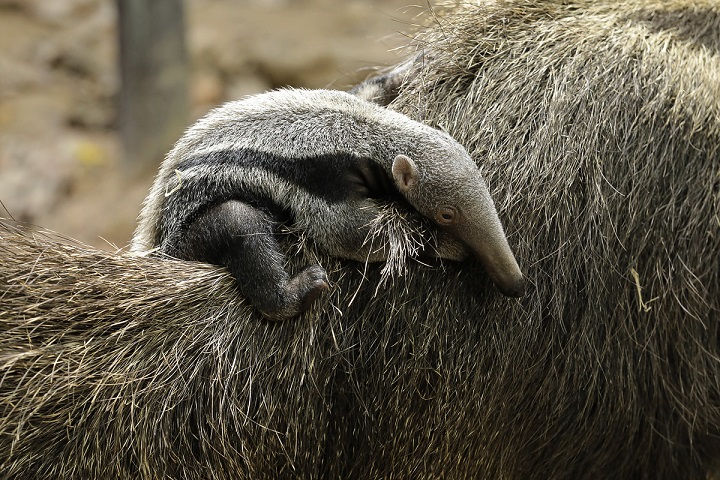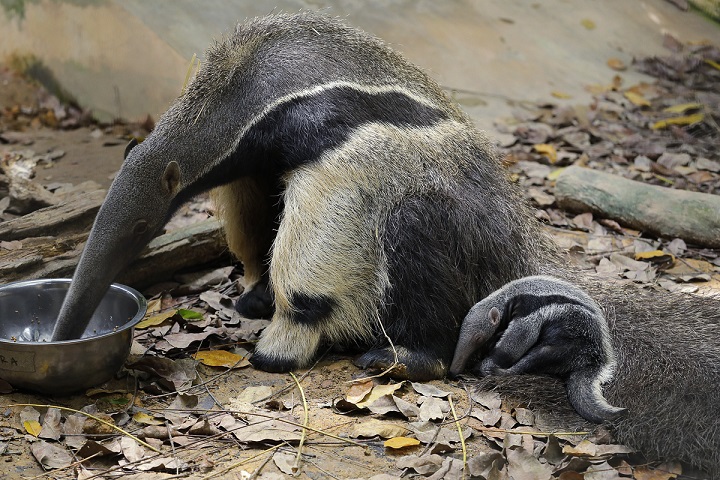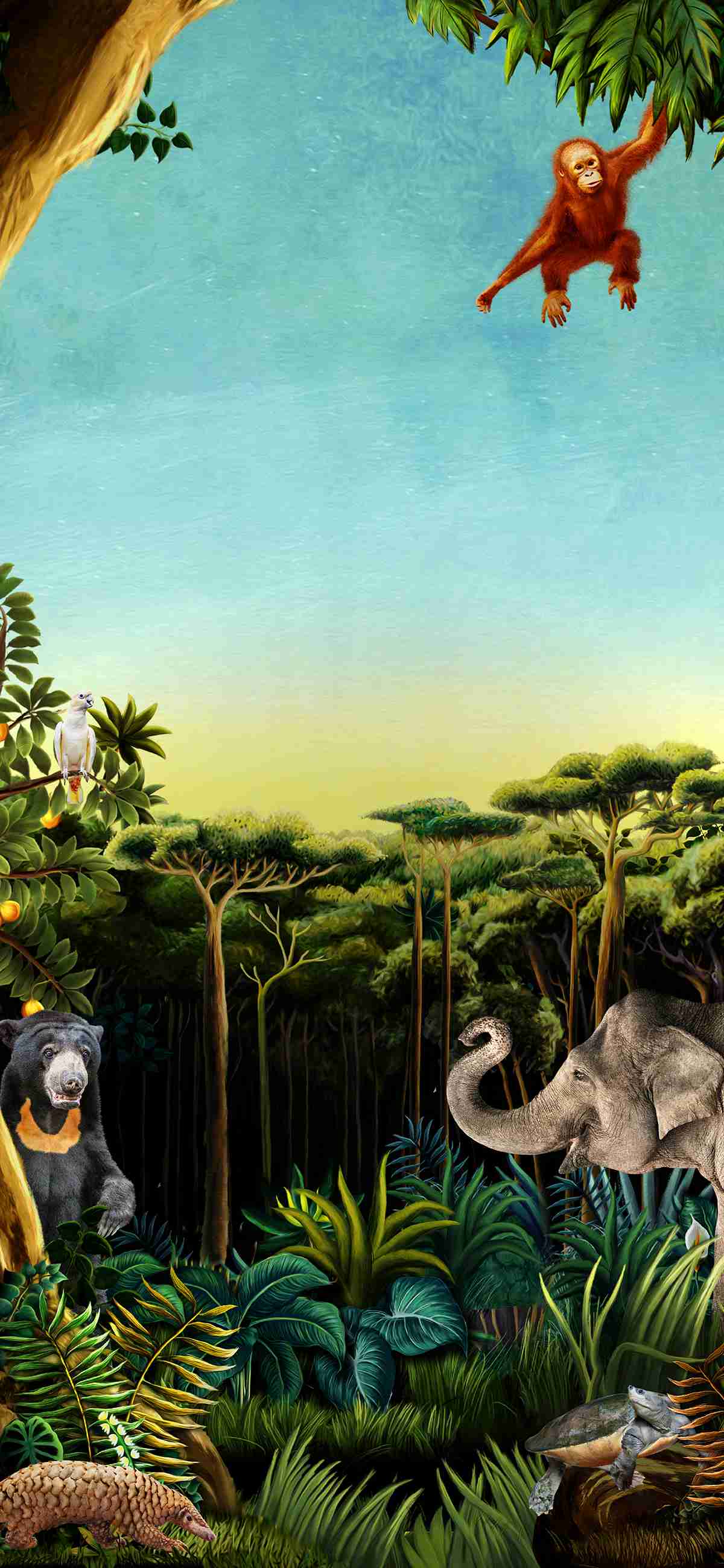River Safari welcomes fourth giant anteater pup
21 AUG 2019River Safari welcomed its fourth giant anteater baby on 17 July 2019, bringing the park’s current collection of the threatened species to four.
As Iapura is an experienced mother having given birth to her previous pup, Leona, on 3 March 2018, she required no assistance from her keepers when birthing this new-born. Giant anteaters have a single offspring once a year after a gestation period of about 6 months.

River Safari welcomed its fourth giant anteater pup on 17 July 2019, born to
second-time mother, Iapura.
PHOTO CREDITS: WILDLIFE RESERVES SINGAPORE

River Safari welcomed its fourth giant anteater pup on 17 July 2019, born to
second-time mother, Iapura.
PHOTO CREDITS: WILDLIFE RESERVES SINGAPORE
Weighing only 1.6kg at birth, the not-so-giant and yet-to-be-named giant anteater pup possesses surprising strength for its small stature, climbing and clinging onto her mother’s back with ease. The new-born spends much of her time on her mother’s back. In this position, it can be difficult to spot the pup as its coat of hair is almost identical to an adult’s, allowing her to blend in with her mother. This trick comes in handy for anteaters in the wild as it protects the pup from predators and makes the mother appear larger, making for less tempting prey.
Currently on her mother’s milk, the pup will gradually be weaned and introduced to solid food—a mixture of insectivore pellets and ant eggs—when she is about five months old.
Members of the public can vote for their preferred name of the pup by commenting on the video on Wildlife Reserves Singapore’s Facebook page from 21 to 28 August 2019. The pup’s keepers have shortlisted two names for public voting: “Amazon”, after the giant anteater’s natural habitat in the Amazon rainforest or “Estrella”, meaning ‘star’ in Spanish, the language most often spoken in her native range of South America.
Iapura and her pup will be introduced to the Giant Anteater exhibit along River Safari’s Amazon River Quest boat ride when the latter turns four months old. In the meantime, guests can either spot father Zapata or daughter Leona, by their distinct narrow head, bushy tail and long snout.
The giant anteater is the largest species of anteater out of four and is listed as vulnerable on IUCN’s* Red List of Threatened species, due to habitat loss, roadkill and hunting. The animals cared for by WRS are part of the international conservation breeding program (EEP) managed by the European Association of Zoo and Aquaria (EAZA)

The pup sticks close to her mother while she eats. The new-born pup is still suckling and will only move onto solid food when she gets older.
Visitors to the park will be able to see the mother-daughter duo from end-November onwards in the giant anteater exhibit on River Safari’s Amazon River Quest.
PHOTO CREDITS: WILDLIFE RESERVES SINGAPORE

